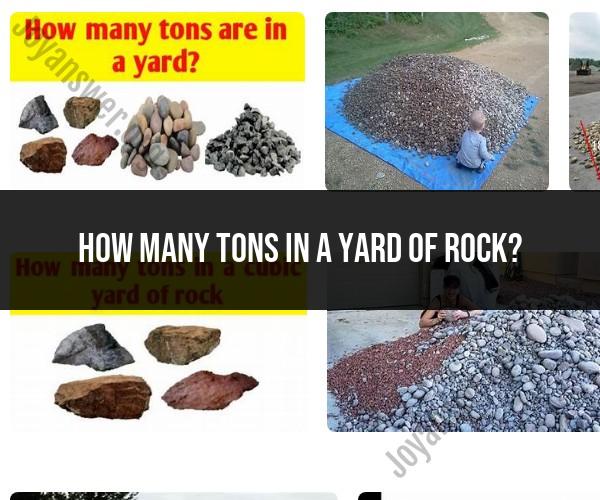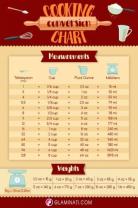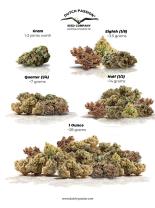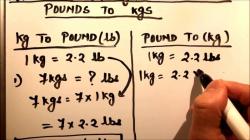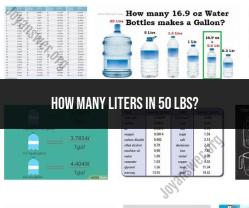How many tons in a yard of rock?
The number of tons in a yard of rock depends on the density or specific weight of the rock you are using. Different types of rocks have varying densities, so the weight of a yard (cubic yard) of rock can vary. Typically, rocks are sold by weight, so it's essential to know the specific weight of the rock you're using to convert between yards and tons accurately.
Here's how to calculate the number of tons in a yard of rock:
Determine the Specific Weight: You need to find out the specific weight (density) of the type of rock you're using. This information is usually provided by the supplier or can be found in reference materials. Specific weight is typically measured in pounds per cubic foot (lbs/ft³).
Convert Yards to Cubic Feet: There are 27 cubic feet in a cubic yard (3 feet x 3 feet x 3 feet). To convert yards to cubic feet, simply multiply by 27.
Calculate Tons: Once you have the specific weight in pounds per cubic foot and the volume in cubic feet (from step 2), you can calculate the weight in pounds. To convert pounds to tons, divide the weight in pounds by 2,000 (since there are 2,000 pounds in a ton).
Here's the formula to calculate tons:
For example, if you have a specific weight of 160 lbs/ft³ for the rock and you want to calculate the number of tons in a cubic yard:
So, in this example, there would be approximately 2.16 tons of rock in a cubic yard.
Keep in mind that the specific weight of rocks can vary significantly depending on the type of rock. Therefore, it's crucial to obtain the specific weight for the particular rock you're using to make an accurate conversion.
Converting Tons to Yards: Measuring Rock Quantity
To convert tons to yards of rock, you need to know the density of the rock. Density is measured in pounds per cubic foot (pcf). The density of rock varies depending on the type of rock, but it typically ranges from 100 pcf to 180 pcf.
Once you know the density of the rock, you can use the following formula to convert tons to yards:
Yards = Tons / (Density * 27)
Where:
- Yards = The number of yards of rock
- Tons = The number of tons of rock
- Density = The density of the rock in pcf
Understanding the Relationship Between Tons and Yards of Rock
A ton is a unit of weight, while a yard is a unit of volume. This means that there is no direct relationship between tons and yards of rock. The number of yards of rock in a ton will vary depending on the density of the rock.
For example, a ton of pea gravel will take up more space than a ton of river rock. This is because pea gravel is less dense than river rock.
How to Determine Yards from Tons of Rock
To determine yards from tons of rock, you can use the following steps:
- Look up the density of the rock in pcf.
- Use the formula above to convert tons to yards.
- Add some extra rock to allow for error and for multiple uses.
For example, let's say you need to purchase 10 tons of river rock for a landscaping project. The density of river rock is 160 pcf. To determine how many yards of river rock you need, you would use the following formula:
Yards = 10 tons / (160 pcf * 27) = 2.2 yards
However, it is always better to have too much rock than not enough. For this reason, you would want to add some extra rock to your order. For example, you could order 2.5 yards of river rock. This would give you a 10% cushion in case of error or if you need to use the rock for multiple purposes.
Conclusion
By understanding the relationship between tons and yards of rock, you can use a landscape rock calculator to get an accurate estimate of the amount of rock needed for your next landscaping project.
